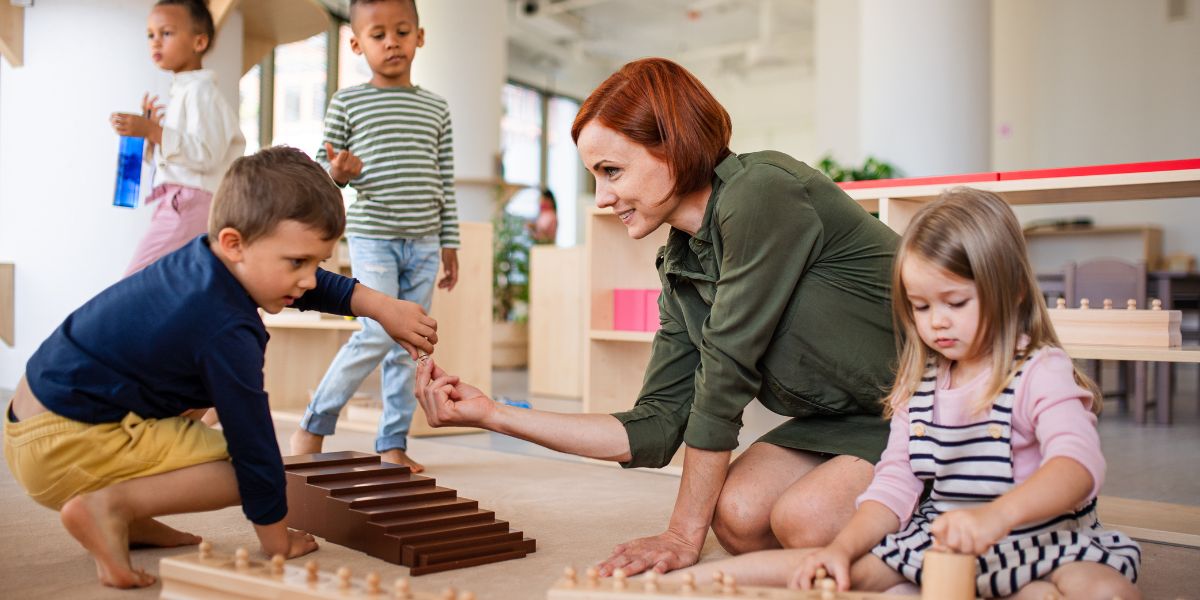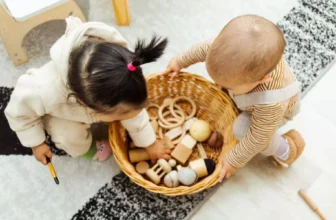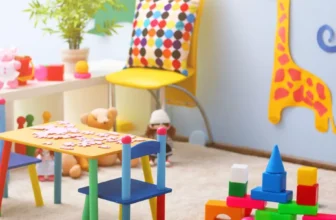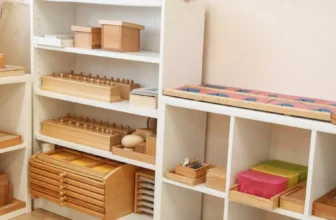
When it comes to incorporating Montessori learning into your home environment, there are several key strategies that can help create a conducive space for your child's development. From setting up a Montessori-inspired environment to engaging in practical life activities and utilizing Montessori materials effectively, each step plays a crucial role in fostering independent learning. By integrating these principles into your daily routine, you can lay a solid foundation for your child's educational journey.
Setting up a Montessori Environment
When creating a Montessori environment at home, ensure that each space is organized to encourage independent learning and exploration. Start by arranging shelves and storage units at child height, making materials easily accessible. Labeling containers with pictures and words can help children understand where things belong, promoting tidiness and independence. Use natural materials like wood, glass, and metal for toys and tools to provide a sensory-rich experience. Incorporate plants, art, and elements of nature to create a calming and inviting atmosphere for learning.
Designate specific areas for different activities, such as a reading nook with cozy pillows, a table for art projects, and a space for practical life activities like pouring and sorting. Rotate materials regularly to keep the environment engaging and fresh. Limit the number of toys available to avoid overwhelming choices and foster deep exploration. Lastly, involve your child in the setup process, allowing them to contribute ideas and personalize their space. By creating a well-organized and stimulating Montessori environment at home, you can nurture your child's natural curiosity and love for learning.
Incorporating Practical Life Activities
To enhance your child's development and independence, incorporate practical life activities into their daily routine. These activities are essential in Montessori learning as they help children develop important life skills and foster independence. Start by involving your child in everyday tasks such as pouring their own drinks, buttoning their clothes, or washing dishes. These activities not only enhance fine motor skills but also instill a sense of responsibility and accomplishment in your child.
Create a designated space in your home for practical life activities. This area should include child-sized tools and utensils that are easily accessible to your child. Encourage them to participate in tasks like sweeping the floor, sorting laundry, or watering plants. By engaging in these activities, your child will learn valuable skills while also contributing to the household.
Make practical life activities a part of your child's daily routine. Set aside specific times during the day for these tasks, and be consistent in encouraging their participation. By incorporating practical life activities into your child's routine, you're laying a strong foundation for their overall development and independence.
Using Montessori Materials Effectively
Make the most of Montessori materials by ensuring they're accessible and organized in a way that promotes independent exploration and learning. Place the materials on low shelves or in baskets where your child can easily reach them. Keep them organized and labeled to encourage tidiness and help your child find what they need. Rotating materials can also keep things fresh and exciting for your child.
When using Montessori materials, demonstrate how to use them properly but allow your child the freedom to explore and discover on their own. Avoid interrupting their concentration unless they ask for help. Be patient and observe their progress, stepping in only when necessary.
Encourage your child to return the materials to their designated places after each use. This fosters responsibility and teaches them the importance of maintaining order in their environment. By using Montessori materials effectively, you create a conducive space for your child to engage in purposeful learning and develop essential skills.
Encouraging Independence and Self-Directed Learning
Ensure your child has the freedom to explore and discover independently by fostering a sense of independence and self-directed learning. Encouraging independence in your child at home can greatly support their development. Provide opportunities for them to make choices, such as selecting activities or deciding on the order of tasks. Allow them to engage in activities without constant supervision, promoting self-reliance.
Create a prepared environment that enables your child to access materials and activities easily. Organize spaces so that items are within reach, promoting autonomy in their learning process. Encourage your child to take responsibility for their belongings and tasks, fostering a sense of ownership and accomplishment.
Support self-directed learning by encouraging your child to follow their interests and passions. Offer a variety of materials and experiences for them to explore based on their preferences. Allow them the time and space to delve deeply into subjects that capture their curiosity, promoting a love for learning that comes from within. By nurturing independence and self-directed learning, you empower your child to become confident, motivated learners.




